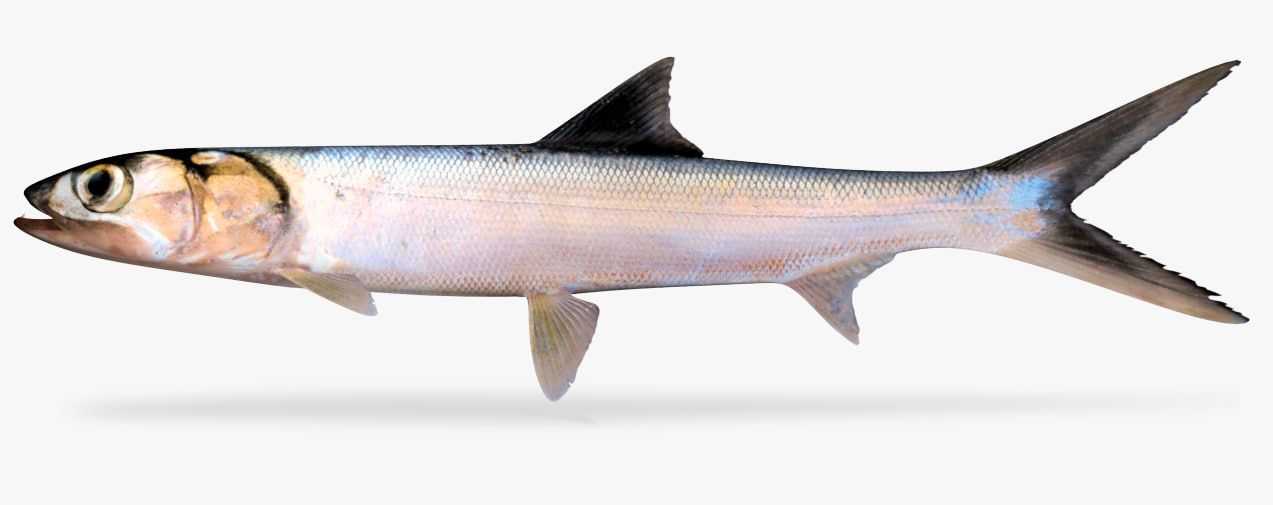Machete

Species Details
Elops Affinis
Elopidae
Elopiformes
Nearshore, Offshore, Bays, Lagoons, Rivers, Estuaries, Mangrove Forests
2 - 10 lbs.
19" - 39"
Machete (Elops affinis) Description
The Machete is a medium-sized brackish water fish. It has a small head. It has a long round body with a dorsal fin ranging from 16-20. Their anal fin ranges from 13-19. Their pelvic rays 12-16. It is silver in color with a blueish back and its head has a yellow tinge. Their close relative the Ladyfish (elops saurus), looks like the Machete, but these species are mostly found in the Atlantic Ocean.
Size and Diet
The Machete can be as big as 39 inches on average it's only 19 inches. They can be as heavy as 10 pounds, but on average they’re only 2-3 lbs. The machete is a carnivorous fish that mainly eats bony fishes and crustaceans such as shrimp and crabs.
Interesting Facts
- They are not very good to eat, but in some countries, the Machete fish are turned into minced meat called fish balls.
- They’re called the Machete because their body resembles the machete blade.
- Be careful when handling them, they have a tendency to excrement feces when caught.
- They are a very slimy fish.
How to Fish the Machete
Although the Machete are often thought of as baitfsh, they are an underrated game fish, and can be a fun catch for the fly fisherman. They are strong, can put up a good fight, and will jump out of the water several times. They are nicknamed mini-tarpons.
This fish is pretty easy to catch and can be perfect to practice on. Toss your cast and let it sink for a few seconds and use short little twitches back to you. Since the Machete is a surface-dwelling fish, it’s a good one to which to test out your fly fishing skills. Cast your lure into grass beds or clumps of vegetation where you will find they mostly hide. You can fish the machete by casting by the beach or in a boat.
The recommended equipment is a 10-wt 6 to 7 feet light rod with a 20-30 fluorocarbon line. Use hook sizes of -4 to -6 if you want to catch bigger ladyfish, and if you want to catch smaller ones use hook -8 to -10.
For baits, you can use shrimps and baitfish. For lures, the recommended are jigheads, poppers, minnows, silver spoons, and jig-n-grub combo.
Habitat and Distribution
They’re mostly found in the coastal waters of the Pacific Ocean in the southwest United States. They migrate from coastal waters and enter brackish waters such as lagoons, bays, estuaries, and mangrove forests. Their spawning season is during fall where they go to offshore waters to spawn.,
You can find schools of this fish swimming in shallow areas or near the surface. Their maximum depth is only 33 feet.






